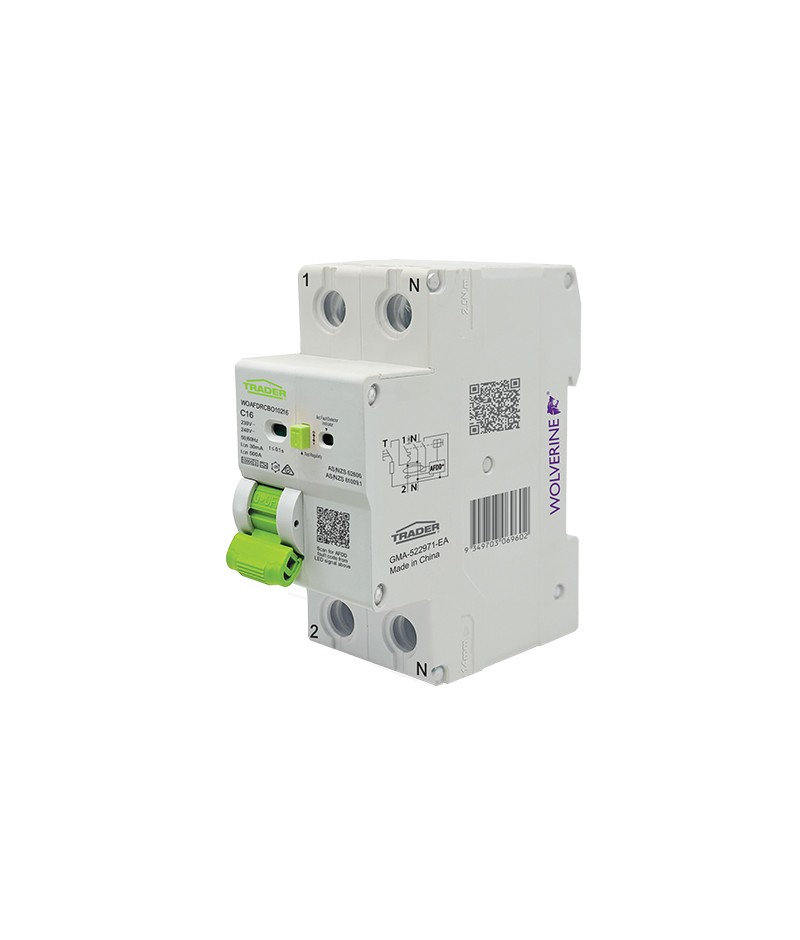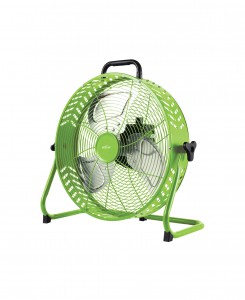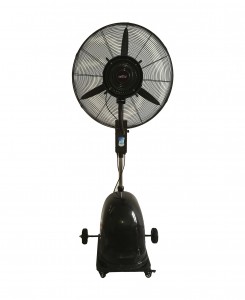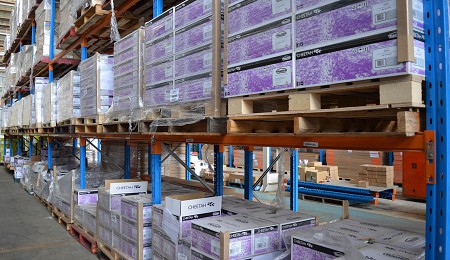The TRADER Wolverine AFDRCBO series of Arc Fault Detection Devices (AFDDs) combined with Residual Current with Overcurrent Circuit Breaker (RCBO) provide a greater level of protection for personnel and property. AFDD’s have been proven to reduce the number of incidents of electrical fires in many countries where these devices are already used, particularly in European regions. AFDDs detect & automatically disconnect arc faults that occur in damaged or crushed cables, in loose terminations, and in ageing installations where the insulation quality degrades over time.
These two module wide devices feature overcurrent protection, short circuit protection, earth leakage protection (residual current) and arc fault protection, with two poles isolation switching as standard. They have been tested and certified in accordance with AS/NZS 62606 and AS/ NZS61009.1 with a fault current rating at 10kA and available from 10A to 40A overcurrent protection in C curve tripping characteristic and Type A RCD function with 30mA Residual current level.
The device features automatic test function as per 8.17 of IEC 62606 and is classified as clause 4.1.2 - AFDD unit integrated in a protective device and uses single LED indication.
The AFDRCBO Provides
• Protection of people from electric shock in case direct contact with live parts of electrical installation;
• Protection of people in case of indirect contact with accessible live parts of electrical installation in case of insulation damage;
• Protection against fires resulting from leakage of differential (residual) current to earth in case of insulation damage of lives parts;
• Protection against over currents (overload and short circuit) occurring in electrical installations of buildings.
• The AFDRCBO’s features a neutral block moulding to help prevent incorrect installation with busbars. Care must be taken to ensure the bar is installed correctly with the insulation block under the terminal screw.
• Provide safety against arc faults that occur in damaged or crushed cables, in loose terminations, and in ageing installations where the insulation quality degrades over time that can cause firest
Don't See Us On The Shelf?
Ask for Trader to be stocked at your local Electrical Wholesaler OR use the form below and we’ll ask for you!
PASSION, FLEXIBILITY, PARTNERSHIP with the Gerard Family

Level 2 142-144 Fullarton Road
Rose Park, South Australia, 5067
Phone: 1300 301 838
Fax: 1300 301 778
Email Us:
Hours: Monday to Friday 7:00am – 5:00pm ACST
Join Our Newsletter
Follow our Extensive Range of Trade Electrical Accessories
Follow Us
Join the Electrical Jungle




























